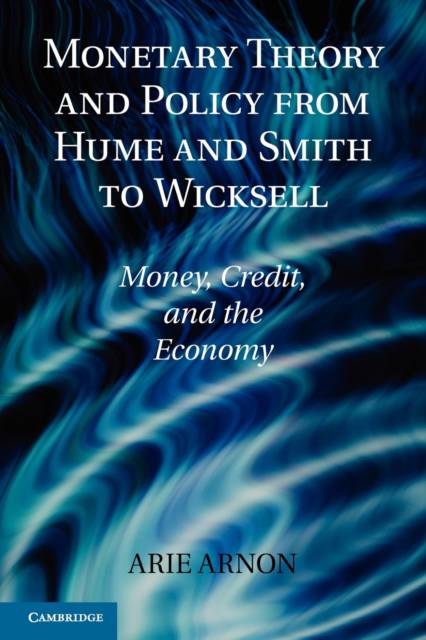
- Retrait gratuit dans votre magasin Club
- 7.000.000 titres dans notre catalogue
- Payer en toute sécurité
- Toujours un magasin près de chez vous
- Retrait gratuit dans votre magasin Club
- 7.000.0000 titres dans notre catalogue
- Payer en toute sécurité
- Toujours un magasin près de chez vous
Monetary Theory and Policy from Hume and Smith to Wicksell
Money, Credit, and the Economy
Arie Arnon
74,95 €
+ 149 points
Format
Description
This book provides a comprehensive survey of the major developments in monetary theory and policy from David Hume and Adam Smith to Walter Bagehot and Knut Wicksell. In particular, it seeks to explain why it took so long for a theory of central banking to penetrate mainstream thought. The book investigates how major monetary theorists understood the roles of the invisible and visible hands in money, credit, and banking; what they thought about rules and discretion and the role played by commodity-money in their conceptualizations; whether or not they distinguished between the two different roles carried out via the financial system - making payments efficiently within the exchange process and facilitating intermediation in the capital market; how they perceived the influence of the monetary system on macroeconomic aggregates such as the price level, output, and accumulation of wealth; and finally, what they thought about monetary policy. The book explores the analytical dimensions in the various monetary theories while emphasizing their policy consequences. The book highlights the work of a number of pioneering theoreticians. Among these Henry Thornton stands out, primarily because of his innovative analyzis of the complicated phenomena that developed after the introduction of an inconvertible monetary system in 1797. A major question addressed by the book is why theoreticians and policymakers were so resistant to his ideas for so many years.
Spécifications
Parties prenantes
- Auteur(s) :
- Editeur:
Contenu
- Nombre de pages :
- 450
- Langue:
- Anglais
- Collection :
Caractéristiques
- EAN:
- 9781107642737
- Date de parution :
- 27-08-12
- Format:
- Livre broché
- Format numérique:
- Trade paperback (VS)
- Dimensions :
- 150 mm x 229 mm
- Poids :
- 657 g

Les avis
Nous publions uniquement les avis qui respectent les conditions requises. Consultez nos conditions pour les avis.






